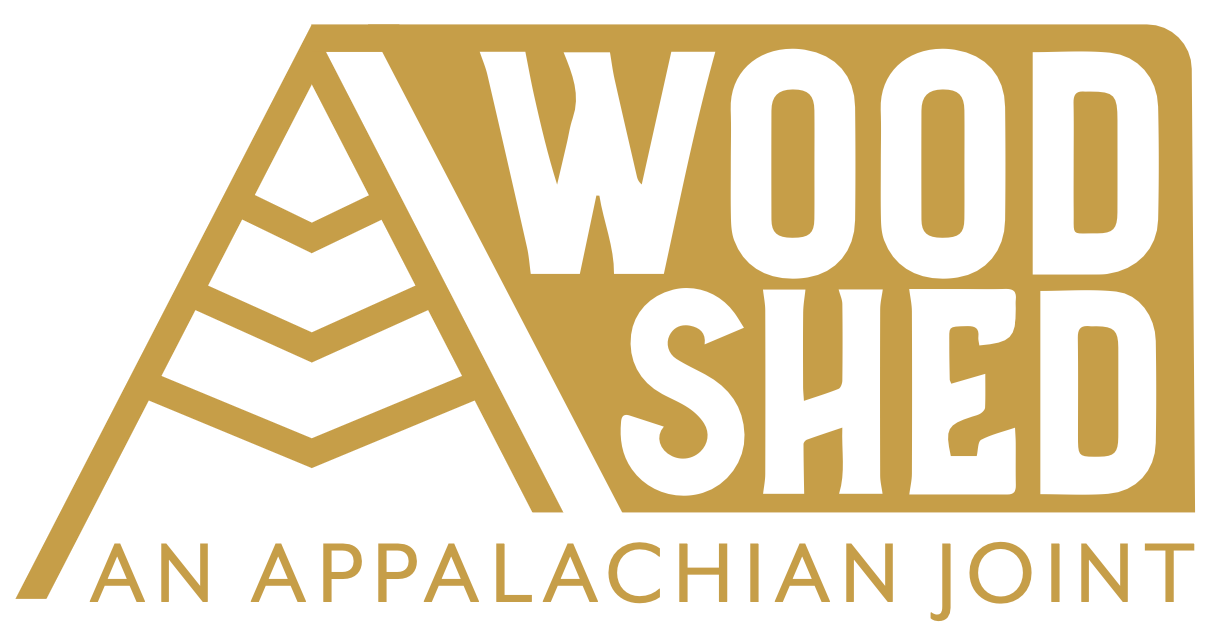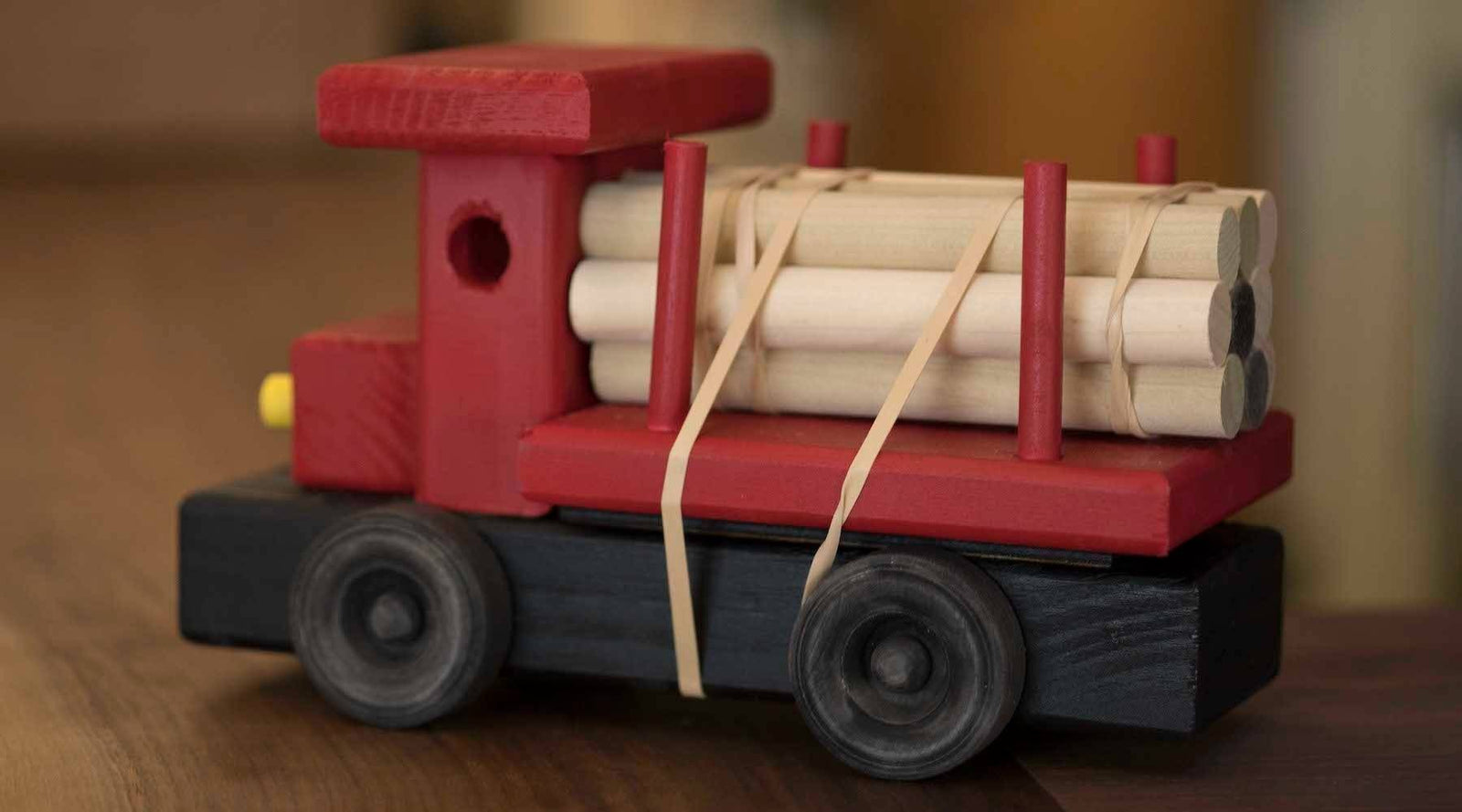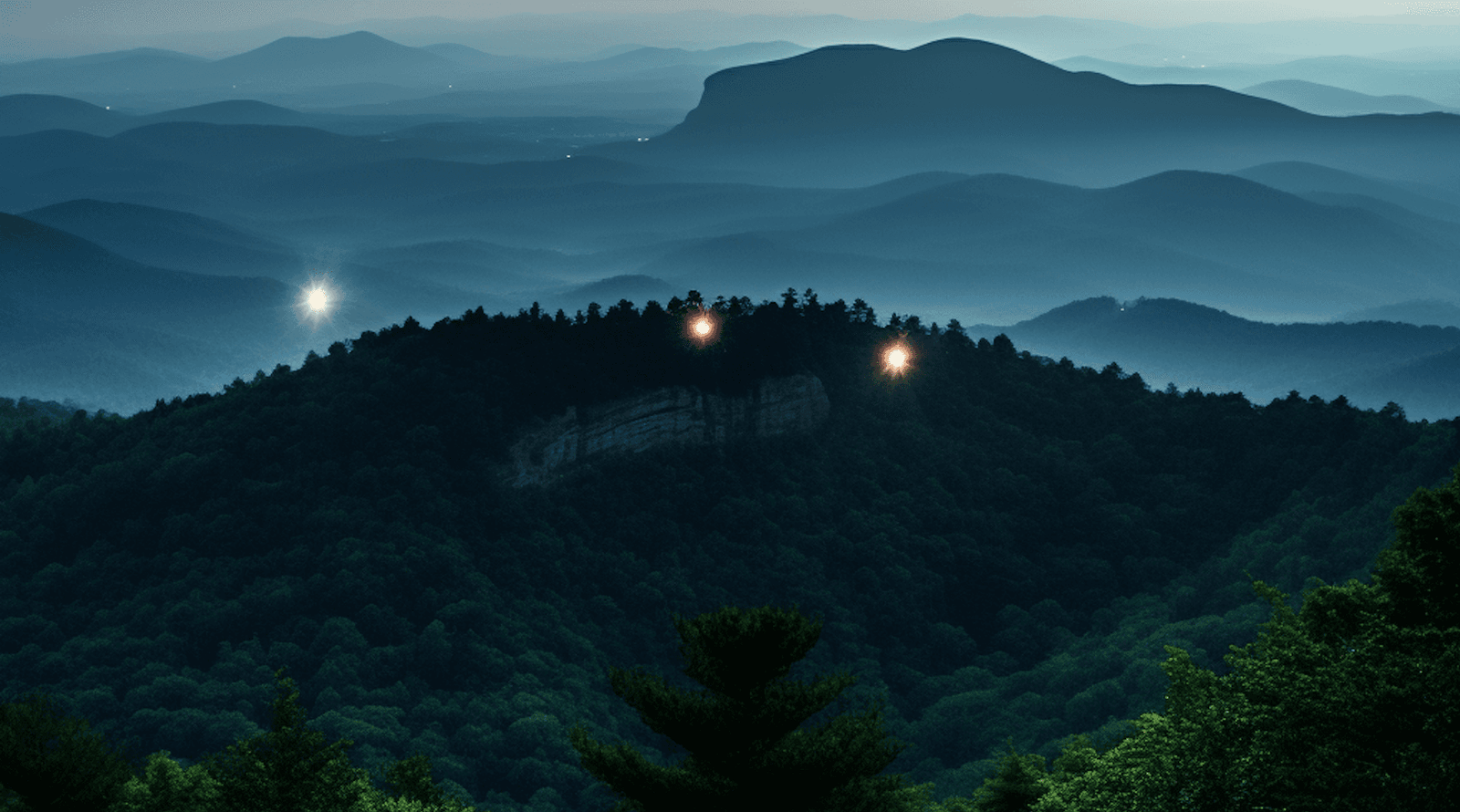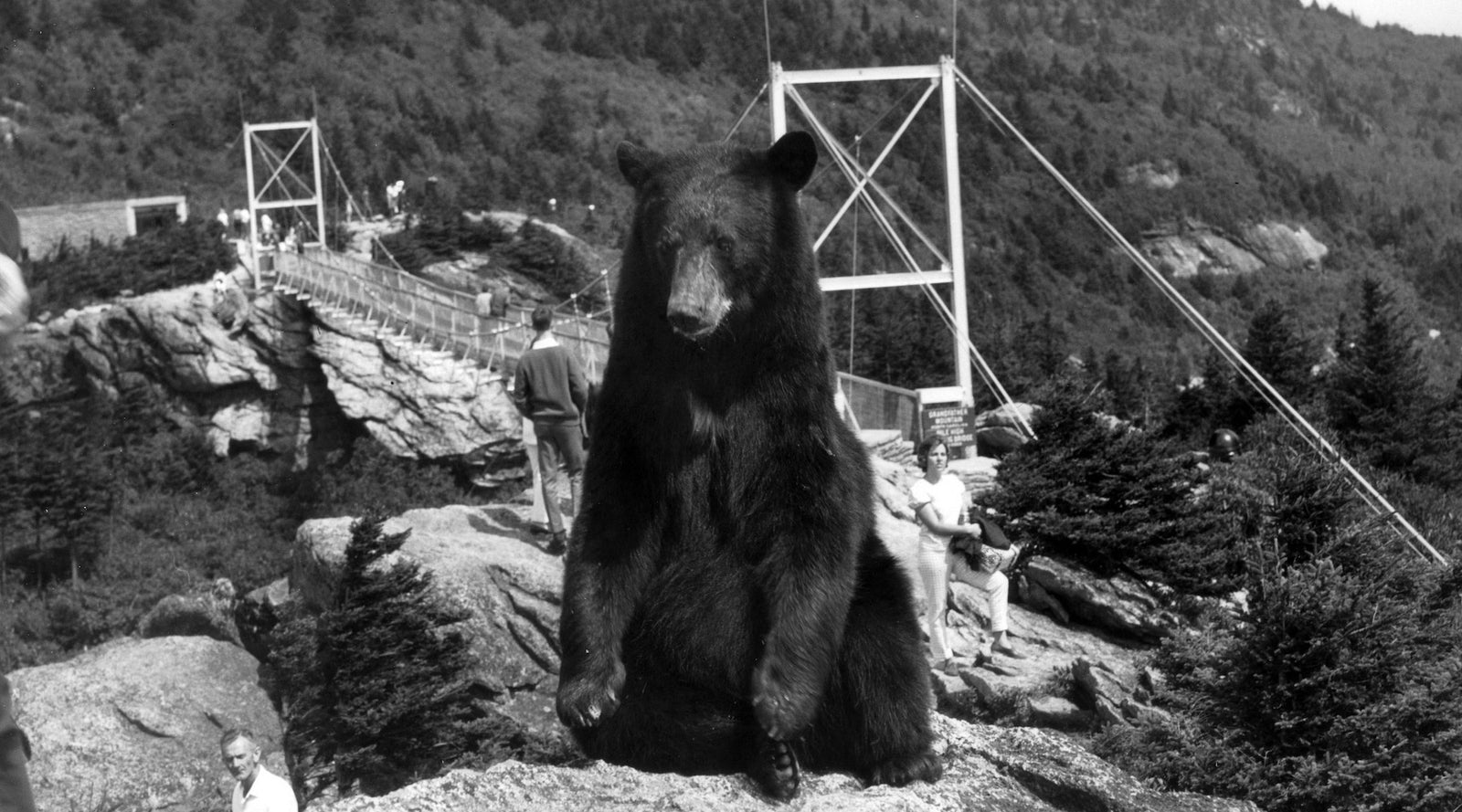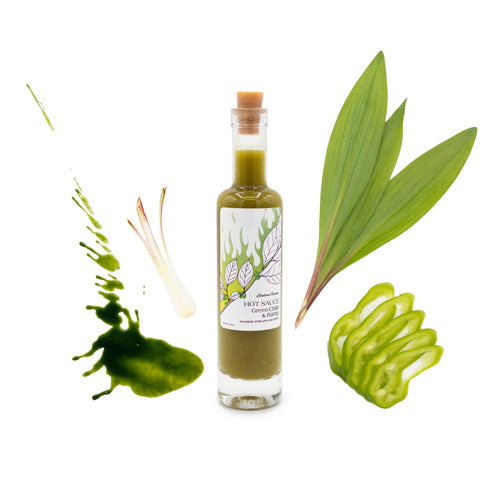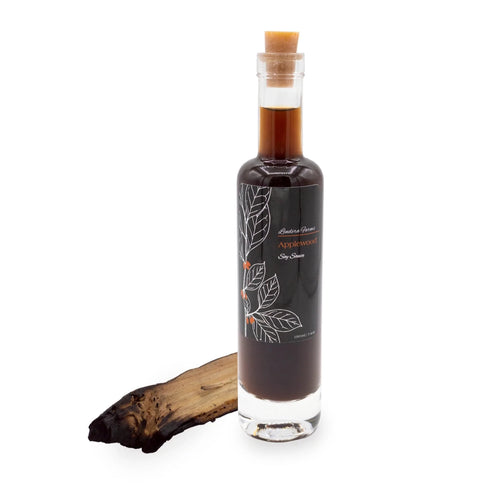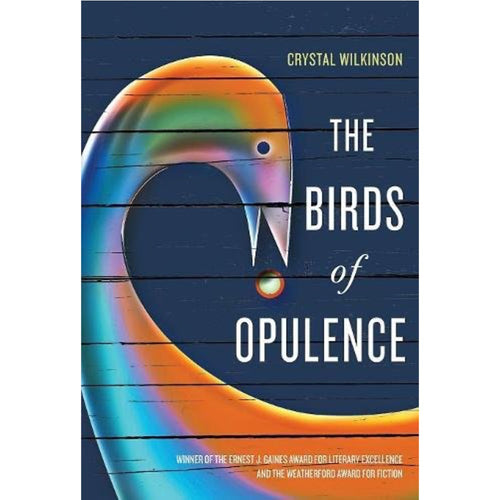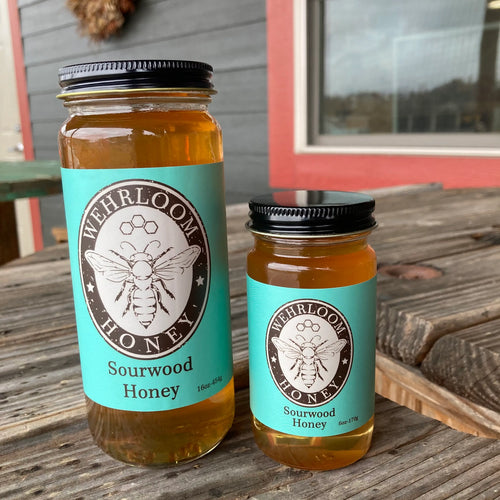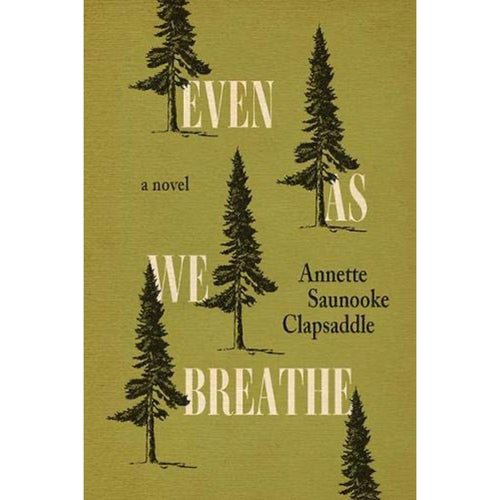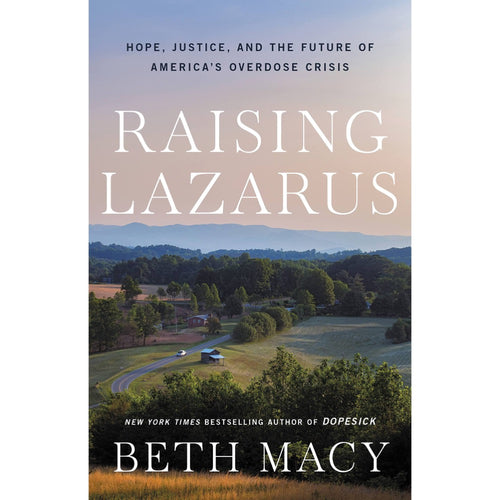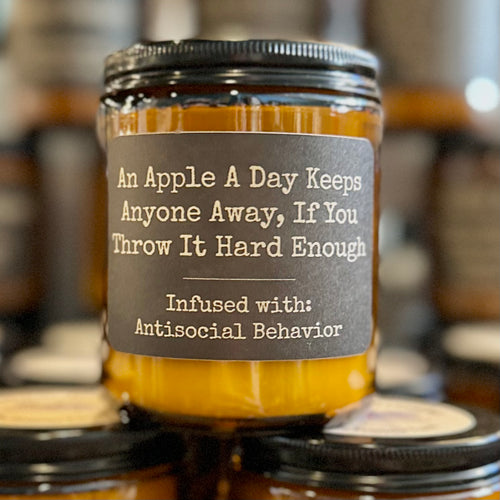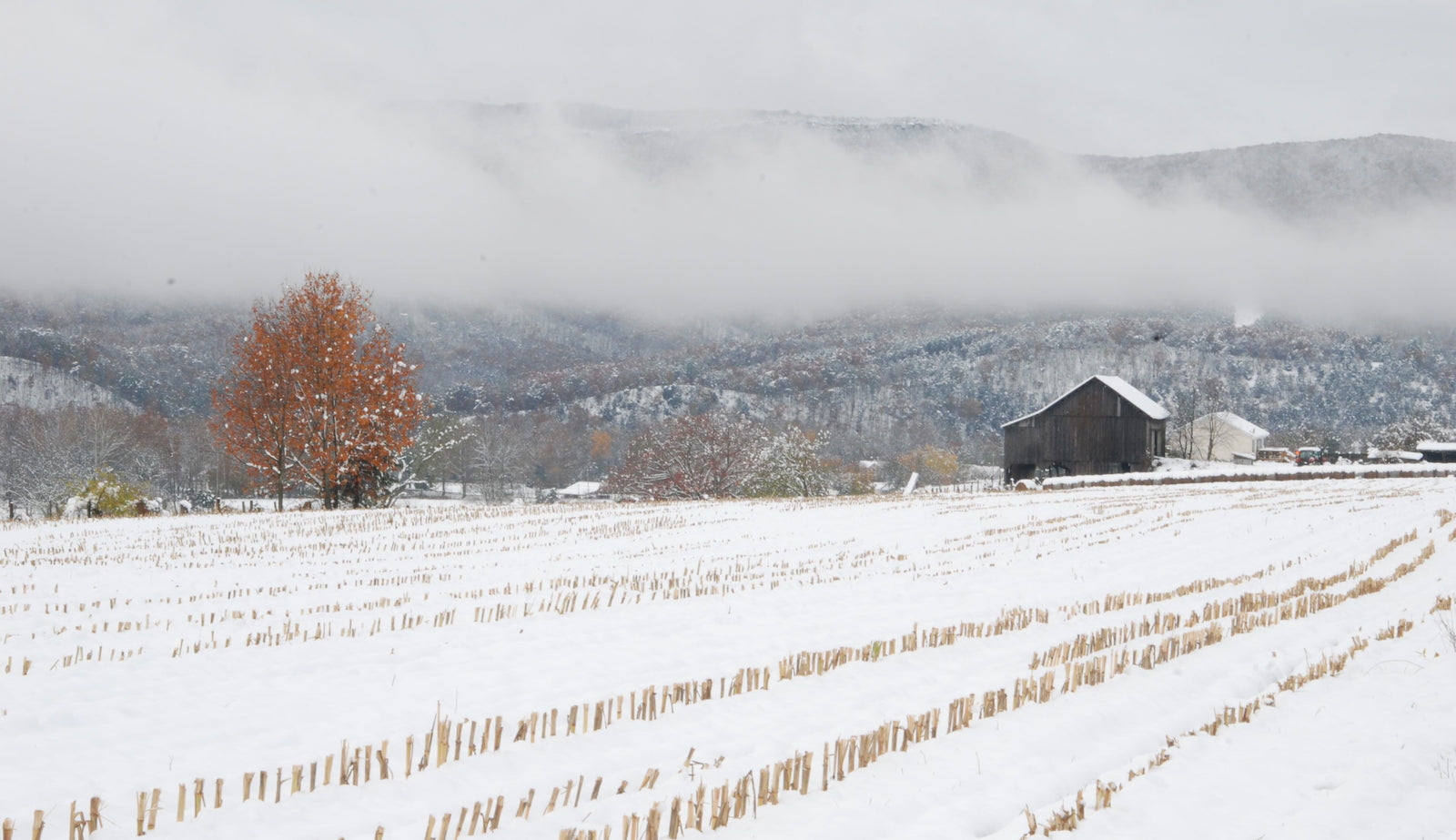
Today, of course, a scientifically derived forecast is no further away than the nearest smart phone, but even in an age of instant information, many of us hold to our weather-predicting heritage. One such feller is Peter Brackney. This Kentucky native blogs under the moniker Kaintuckeean, and like generations before him, he gets his forecast from the back of a certain crawling creature.
How about you? Do you stick to old time traditions in the face of modern technology? And what's your favorite way to predict the weather?
*
Heavier coats are coming out as temperatures drop. The annual rite of passage is upon us as the only thing falling faster than the leaves is the mercury on the thermometer.
I wasn’t particularly pleased when I saw the forecast on a recent Sunday.
[caption id="attachment_8858" align="alignright" width="151"]
 Guest blogger, Peter Brackney.[/caption]
Guest blogger, Peter Brackney.[/caption]Thirty degrees?
But then again, I shouldn’t be surprised. Sould I? I’ve witnessed the warning signs. Falling leaves. Yellow school buses. Football games and basketball practices.
I should have seen it coming, yet every year I am caught off guard by the onset of winter. I’m guessing I’m not the only one?
So what kind of winter is in store for us?
My father, a native of western Ohio, swears by the venerable Farmer’s Almanac which is a fairly decent indicator for long-range foreceasting. On the map published in the Old Farmer’s Almanac, Kentucky is treated as the southernmost midwestern state where the forecast is “biting cold & snowy.” Of course, the Rocky Top of Tennessee and the majority of the southeast is simply “chilly & wet.”
Kentucky has been described both as midwestern and as southern, making finding our Commonwealth on a map of U.S. regions challenging. And while the cartographer may struggle, it is equally troublesome to reconcile Kentucky’s status as a midwestern state such as Wisconsin and Michigan as it is to find sufficient similarity with Florida.
For generations, Kentucky has been a border state in every sense of the word. During the Civil War, she was represented by a star on the banners of both the Union and the Confederate States. And it remains difficult to categorize her today.
Like so many in Appalachia, we’ve developed our own methods. In communities along the mountain chain, including a significant number of Kentucky, people have looked to something more native in determining the forecast for the upcoming season:
The woolly worm.
At about two inches in length, the woolly worm is easily recognizable by the soft black and cinnamon bristles covering its body. The body is divided into thirteen segments with each thought to represent a week of winter; each brown segment is thought to reveal a mild week of winter while black segments are indicative of harsher weather.
[caption id="attachment_8860" align="alignleft" width="154"]
 Kentucky weather forecaster. Photo by David Reber on Flickr.[/caption]
Kentucky weather forecaster. Photo by David Reber on Flickr.[/caption]So what does the woolly worm say is in store? Well, each year an annual festival aims to answer that very question.
The annual Woolly Worm Festival is held at the end of October each year in Beattyville, Kentucky. This year was the 26th edition of the annual affair.
Beattyville is the seat of Lee County and is nestled between the North Fork and South Fork Rivers. This confluence creates the headwaters of the Kentucky River. The small town counts fewer than 2,000 residents, yet its ranks swell each autumn when the woolly worms race, the parade is held, and live entertainment fills the air.
The woolly worm festival in Bettyville is a lot of fun and, if you haven’t been before, it is always worth going. Plus, there’s the added benefit of knowing the forecast for the next thirteen weeks.
This post was originally published in the Jessamine Journal.

